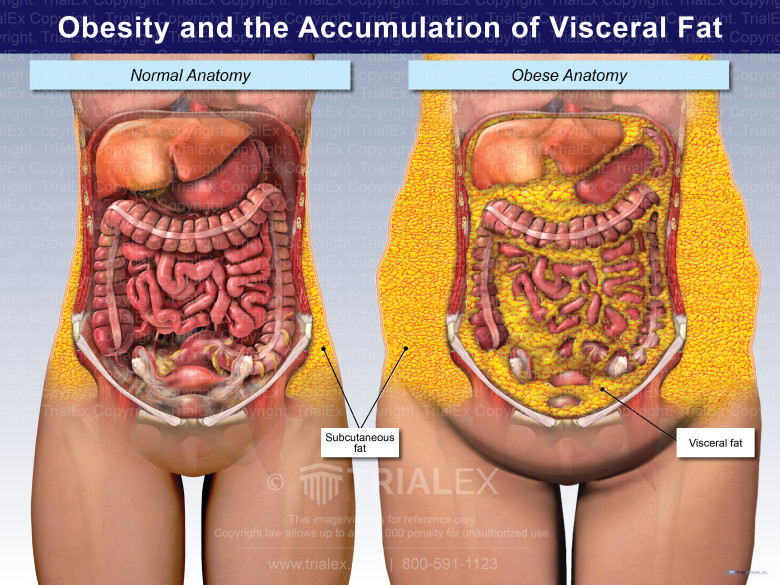
Body composition refers to the proportion of fat and non-fat mass in the body. Understanding the differences between muscle and fat is essential for anyone looking to improve their health, achieve weight loss goals, or enhance athletic performance. In this blog post, we’ll explore the distinct characteristics of muscle and fat, their roles in the body, and how body composition influences weight loss and overall health.
What is Body Composition?
Body composition provides a more comprehensive view of health than weight alone. It includes two main components:
- Lean Body Mass: This includes muscles, bones, organs, and fluids in the body.
- Fat Mass: This refers to all the fat tissue in the body, which includes essential fat (necessary for basic bodily functions) and storage fat (the excess fat that accumulates in the body).
A healthy body composition involves a higher proportion of lean mass relative to fat mass.
Differences Between Muscle and Fat
1. Density and Weight
- Muscle: Muscle tissue is denser than fat tissue, meaning it takes up less space in the body. For instance, a pound of muscle is smaller and firmer than a pound of fat.
- Fat: Fat is less dense and takes up more space. This is why someone who is heavier on the scale may not necessarily look or feel “larger” if they have a higher muscle-to-fat ratio.
2. Metabolism
- Muscle: Muscle tissue is metabolically active, meaning it burns calories even at rest. For every pound of muscle, your body can burn approximately 6-10 calories per day just to maintain that muscle mass.
- Fat: Fat tissue is less metabolically active, burning only about 2-3 calories per pound per day. This difference highlights why having more muscle can contribute to a higher resting metabolic rate.
3. Function in the Body
- Muscle: Muscles are essential for movement, strength, and overall physical performance. They play a critical role in various bodily functions, including posture, balance, and metabolic processes.
- Fat: While often viewed negatively, fat serves several important functions, including energy storage, insulation, and protection of vital organs. Essential fat is necessary for hormone production and overall health.
The Role of Body Composition in Weight Loss and Health
1. Impact on Weight Loss
When individuals aim for weight loss, the goal should ideally be to lose fat while preserving or increasing lean muscle mass. Losing weight without considering body composition can lead to muscle loss, which can negatively impact metabolism and overall health. Here are some key points to consider:
- Caloric Deficit: To lose weight, you must consume fewer calories than you expend. However, this should not come at the cost of muscle loss.
- Strength Training: Incorporating resistance training into your fitness regimen can help maintain or build muscle while losing fat, which can improve body composition and metabolic health.
2. Health Indicators
Body composition is a more accurate indicator of health than weight alone. A person may have a “normal” weight but still have a high body fat percentage, which can increase the risk of various health issues, including:
- Heart Disease: Higher body fat, especially around the abdomen, is linked to increased risk factors for heart disease.
- Type 2 Diabetes: Excess body fat can lead to insulin resistance, increasing the risk of developing type 2 diabetes.
- Joint Problems: Excess weight can place added stress on joints, leading to issues like osteoarthritis.
3. Athletic Performance
For athletes or those engaged in regular physical activity, body composition plays a crucial role in performance. A higher muscle-to-fat ratio can improve strength, endurance, and overall athletic ability.
How to Improve Body Composition
- Balanced Nutrition: Focus on a diet rich in whole foods, including lean proteins, healthy fats, and complex carbohydrates. Prioritize protein intake to support muscle maintenance and growth.
- Regular Exercise: Incorporate a mix of cardiovascular exercise and strength training into your routine. Cardio helps burn calories, while strength training builds and maintains muscle.
- Stay Hydrated: Proper hydration supports metabolic processes and can improve workout performance.
- Monitor Progress: Track body composition changes rather than just focusing on the scale. Use methods like body fat percentage measurements or waist circumference to gauge progress.
- Get Enough Rest: Adequate sleep is crucial for muscle recovery and overall health. Lack of sleep can negatively impact hormones related to appetite and metabolism.
Conclusion
Understanding the differences between muscle and fat and the role of body composition is essential for effective weight loss and maintaining overall health. By focusing on improving body composition through balanced nutrition and regular exercise, you can achieve a healthier, more sustainable weight and enhance your quality of life.
Call to Action
Are you ready to take control of your body composition? Start by evaluating your current lifestyle and making small, sustainable changes to your diet and exercise routine. Remember, it’s not just about losing weight—it’s about improving your health and well-being.

